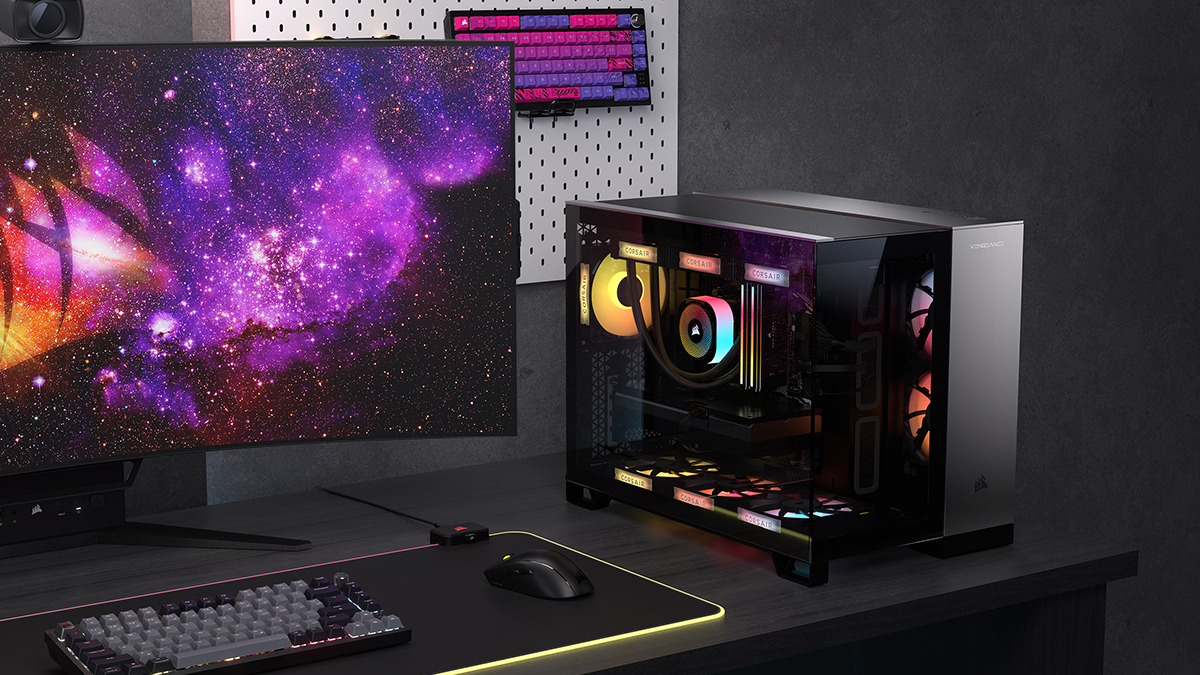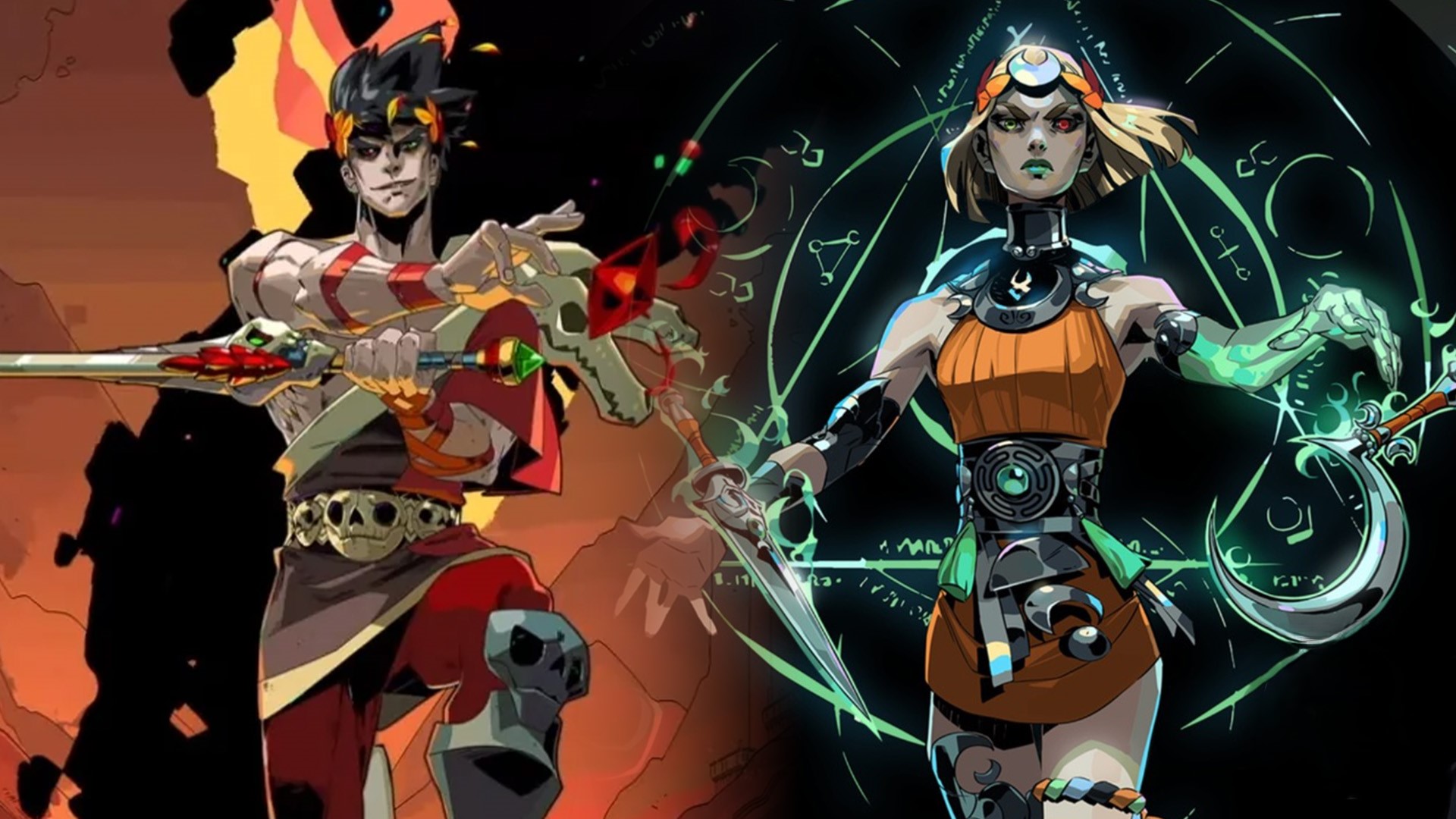- Xbox Series S had a lot of untapped potential as a cheap console launched at the start of the new generation.
- It suffered due to Microsoft’s lack of influence in Asian regions, a market that would have been perfect for cheaper hardware.
- Moreover, Microsoft failed to compel the masses to adopt this hardware.
Most gamers take at least a couple of years to switch to the next generation of consoles, mainly because of budget restraints. At launch, consoles cost between $400 and $500, which may not be a feasible investment for everyone.
Microsoft launched the Xbox Series S alongside the flagship Xbox Series X to combat this problem. This strategy aimed to increase the number of consoles sold by a huge margin and get more users to shift to the next generation since this budget hardware cost $200 less than its more expensive counterpart at release.
However, despite its potential, the console hasn’t been very successful since its launch. Many factors have held it back, with Microsoft failing to utilize its price point for broader appeal.
Why it matters: Microsoft’s hardware sales have been underwhelming for over a decade, and the Xbox Series S had the potential to fix this problem. This hardware has become more of a curse than a blessing nearly four years later.
The Hardware Problem
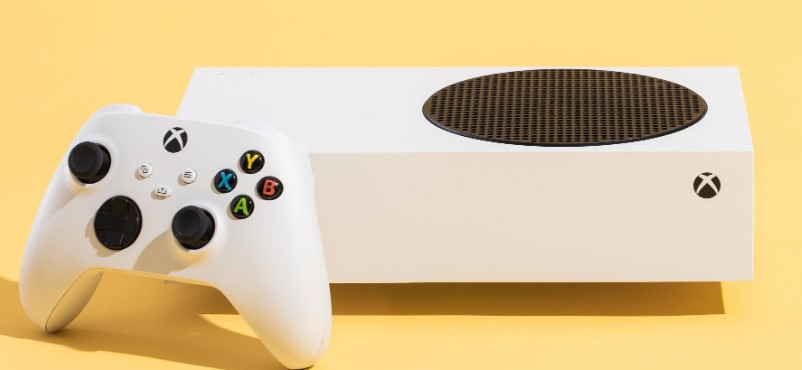
The Xbox Series S was always going to face an uphill battle. From the day it was announced, Microsoft faced criticism from developers, skepticism from audiences, and concerns from analysts.
In my opinion, the gaming giant was already taking such a big hit on this hardware that it could have gone the extra mile and made the Xbox Series S just capable enough to avoid these pitfalls.
For instance, the console needed more RAM, so it makes little sense that Microsoft cheaped out in this regard. Then there’s the problem of Microsoft’s position as the second-place manufacturer.
The Xbox Series S requires special attention from developers, but nobody wants to use resources when the investment may not be worth it. Perhaps Microsoft should have removed its parity clause between the current-generation consoles from the beginning.
The gaming giant already made an exception for Baldur’s Gate 3 last year, so a similar measure could have helped other studios.
Little To No Influence In Certain Regions
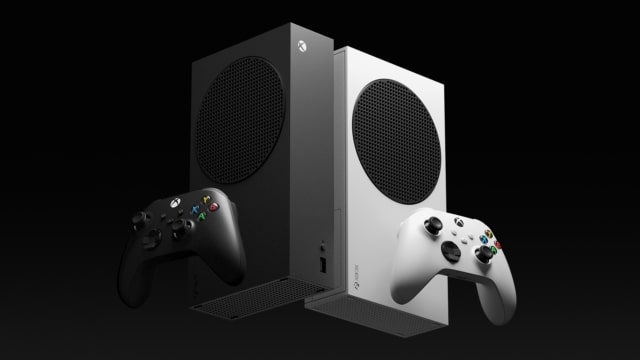
It is no secret that Xbox is not the most popular in the Asian market. There are multiple reasons why. First, PlayStation has had a monopoly in the Asian market since Sony emerged from Japan.
Sony has a lot of deals in the Asian market, including its hold over various developers. This is why you’ll see many JRPGs skipping Xbox despite Microsoft’s willingness to work with third-party teams.
More than 50% of the world’s population lives in Asia, and Microsoft hasn’t set up shops in those markets. Since the very few to no consoles available in those markets are imported, their prices are significantly higher compared to those of PlayStation and Nintendo’s hardware.
For instance, Japan only contributed 0.3% of Xbox One sales until 2019. Given its lower price and certain countries’ economic underdevelopment, the Xbox Series S could’ve done well in countries like India and Brazil.
Instead, Microsoft decided to raise the price of the Xbox Series S by a whopping 35% in a region like Brazil at one point, though it eventually reversed this decision.
Lack Of Marketing
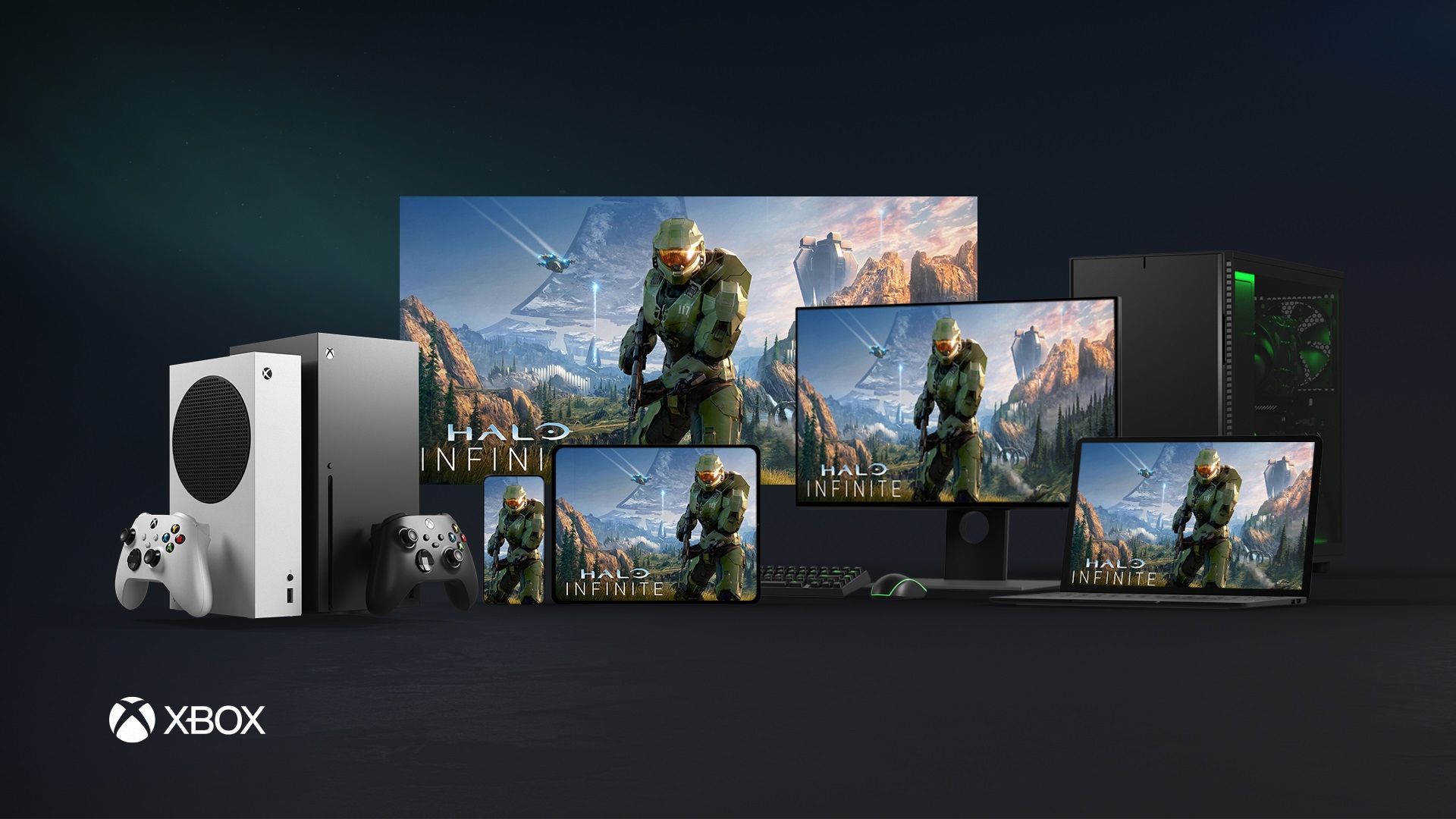
Xbox sales tanked by a massive 47% in Europe this February. If the Asian market wasn’t bad enough, the gaming giant seems to be losing its grip on the European market due to a lack of advertisements.
In my opinion, Microsoft has not done enough to emphasize its main strength. Even former developers like David Jaffe agree that this is the case since Microsoft often fails to inform audiences how much value Game Pass brings.
The Xbox Series S is also often discounted, but Microsoft rarely promotes these discounts through commercials or advertisements. Who wouldn’t buy the latest generation console for less than $200?
I believe the ship has sailed for Xbox hardware this generation, and the best it can do is look forward to the next generation. New consoles from the gaming giant are expected in just two years, so it should aim to avoid the pitfalls that held back its budget offering this generation.
Thank you! Please share your positive feedback. 🔋
How could we improve this post? Please Help us. 😔
[Staff Writer]
Shaheer is currently pursuing a Business degree while also working as a part-time Content Writer. With his deep passion for both writing and video games, he has seamlessly transitioned into a role as a Journalist. Over the past two years, Shaheer has contributed as a freelancer to various websites and landed positions on acclaimed platforms like Gamerant. Currently, his role at Tech4gamers is as a Features Writer, but he also covers News occasionally. Shaheer’s favorite gaming franchises are Assassin’s Creed and the God of War series.
Get In Touch: shaheerzahid03@gmail.com


 Threads
Threads